Your 100% Easy Beginner’s Guide To Social Selling!
We’re guessing you're reading this blog on your phone. You're not alone, though. Over two-thirds of UK adults get their news and information from the internet.
To say that people are addicted to social media is a bit of an exaggeration, but the statistics speak for themselves. 66% of UK adults are active social media users, with the 'big four' being Facebook, Instagram, WhatsApp, and YouTube.
People are willing to part with their money when they aren't scrolling, with 81% of the population considering themselves 'digital shoppers' and more than half shopping exclusively on their phones. If only there was a place where news, shopping, and people's thumbs could coexist peacefully. Social media, you guessed it.
Social Selling, What Is It?
You've probably heard of social selling but don't know what it is. Consider it to be similar to social media marketing. Or do you think it's all about social media marketing? To summarise, social selling enables your company to target business prospects on social media and connect with a pool of potential leads. When done properly, social selling can replace the dreaded cold call.
When a company uses social media to sell their products directly to customers, this is known as social selling. However, social selling does not use any traditional 'sales' techniques. Instead, businesses use social media tools to raise brand awareness and develop "soft" relationships with prospective customers.
Why Social Selling?
Consider this. Instead of guessing what your leads and prospects want, dive into the social conversations they're already having with their peers.
Their pain points, objections, goals...
They're all out there now, thanks to social media.
That is why social media is such an underutilised channel for prospecting, nurturing leads, and closing sales.
In fact, leads generated by social selling are seven times more likely to close than leads generated by traditional methods. Social media, when combined with sales activities such as phone calls and emails, is the not-so-secret weapon for many successful sales teams today.
If your company already sells physical products online, social selling could provide a huge opportunity to reach out to more customers. If your company sells 'services,' social selling becomes a matter of expanding your channels to showcase your work and brand personality to drive inbound sales enquiries.
But Wait!
When it comes to social selling, it's not about sending unsolicited Tweets and DMs to strangers. This is junk mail. Do not even think about trying it.
When it comes to social selling, it's not just about adding new contacts to your database. It all comes down to making those interactions relevant and positioning your company as a problem solver. If you do this, you will be more likely to gain trust and loyalty.
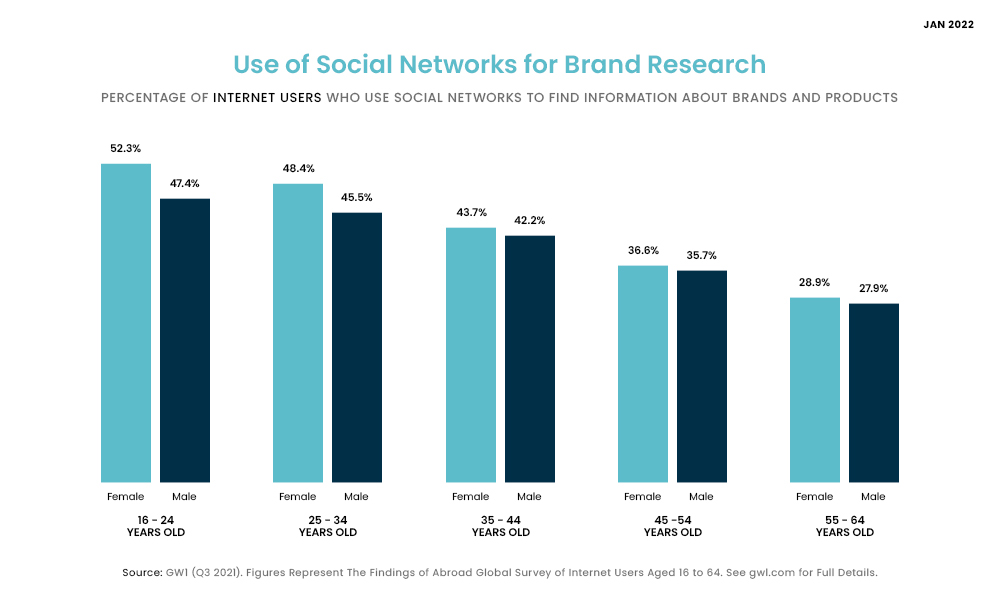
Building relationships and trust are central to social selling.
When you interact meaningfully with others, you will gain credibility as an expert in your field.
Social selling is about being seen as a credible source of information and advice on your topic or industry, not just about making sales.
Effectiveness?
We completely understand if you're sceptical of social selling.
Traditional sales activities such as cold emailing and phone calls are effective. Why send your sales reps into a social space that can feel like the Wild West?
As previously stated, there is a non-zero chance that your prospects or leads are using social media. Those same people are already researching products and seeking advice.
Consider that nearly 40% of consumers regularly comment on the companies they buy from. You don't have to look far on social media to find someone talking about products, thanks to shout-outs and call-outs.
Add to that the fact that 95% of people do their research online before making any kind of purchase. Many of those reviews come from social media.
If nothing else, social selling is a low-hanging fruit for getting potential customers acquainted with your brand.
Responding to a social post or publishing content takes only a few seconds. There's no reason why social media shouldn't be a regular part of your reps' sales activities to provide additional touchpoints with customers.
When in doubt, go with the "rule of seven," which states that people must interact with a company at least seven times before they're ready to buy. But why is that?
As previously stated, today's consumer is well-informed. Do some Internet research before going to a store or making an online purchase. Look for prices and reviews.
As a result, by implementing Social Selling, you increase the likelihood that the purchase process will be successful because the messages that customers receive through the networks influence their perception of your company, increasing their trust in it.
Of course, as long as those messages are consistent and have a logical recruitment and loyalty strategy.
So, to attract potential clients, we must become a benchmark in our industry, and our content must be useful and add value to them. Finally, they must:
-
Respond to your inquiries
-
Meet your requirements
-
Lead them to their objectives.
And thus distinguish themselves from the competitors.
But How?
The quick answer? It all depends.
Social selling is legal on almost every social network, though each has its own set of best practices. It's critical to focus on where your customers are, but here's a quick rundown of some of the most popular social selling sites.
LinkedIn is the go-to network for B2B companies, especially since the site generates 80% of B2B social leads. Because of the platform's emphasis on professionals, it is simple to find specific employees for outreach based on their roles.

Twitter is another popular social selling channel due to the platform's emphasis on customer service. Twitter communication is straightforward and easy to use, as is identifying prospects and leads based on their bios.
Salespeople can better determine who to contact and how to approach them based on bio information such as company roles, location, and personal details.
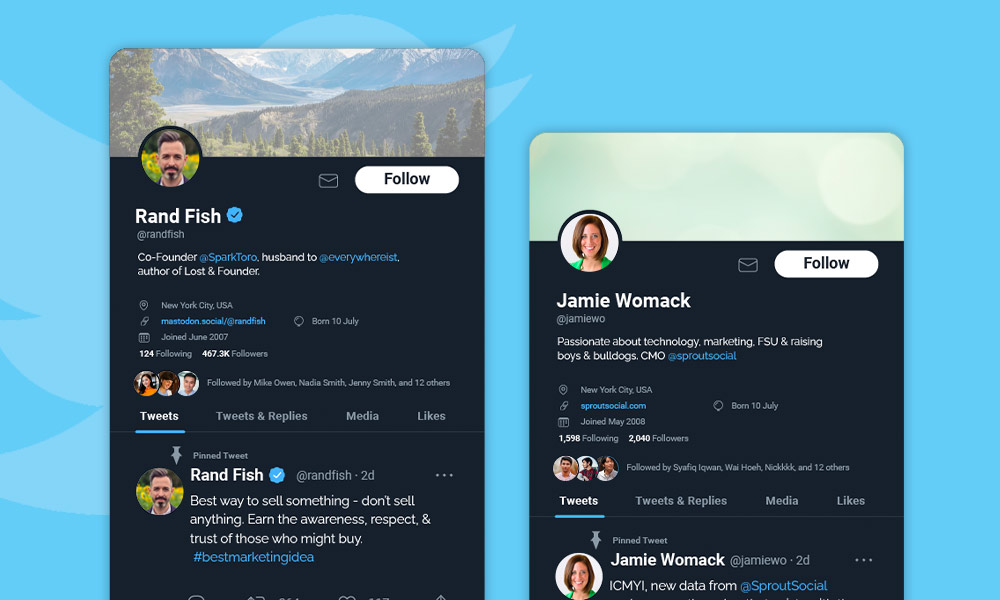
Facebook and Instagram also allow sales representatives to interact with people who are on the verge of becoming customers.
Because of Facebook's algorithm changes and Instagram's somewhat limited search function beyond hashtags, these platforms are best suited for connecting with existing followers. However, Facebook communities and Groups are excellent places to prospect.
Oh, and before we forget, there’s also FB Live or Facebook’s Live feature which allows customers to ask any questions or concerns they may have on the spot and view whatever product it is they are buying right there and then. A lot of companies do it as a way to introduce people to the brand and get customers to feel at home with them by being down to earth.
Companies should not, however, limit themselves to the "big four" social networks.
Businesses, for example, should investigate social selling opportunities on platforms such as YouTube. Users are constantly comparing and reviewing products via video, making YouTube yet another valuable prospecting platform.
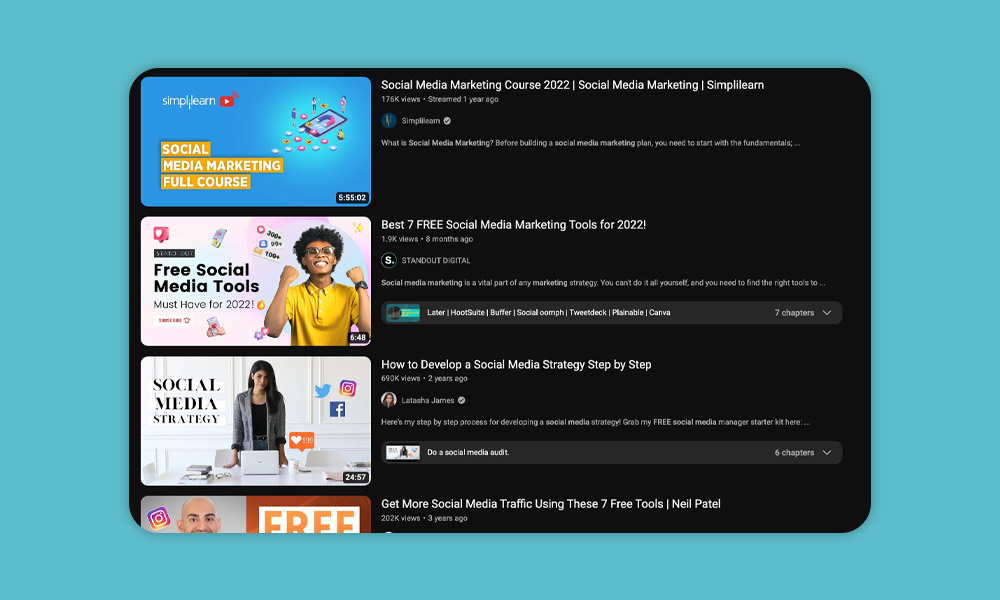
Although it is not a traditional social site, Quora has an active community that includes discussions that pit brands against one another. Many businesses respond to comments directly on behalf of their parent companies to nurture leads and prospects.
Medium is another popular platform for B2B marketers to discuss products and industry trends. Another way to gain exposure through social media is to include your company in the conversation.
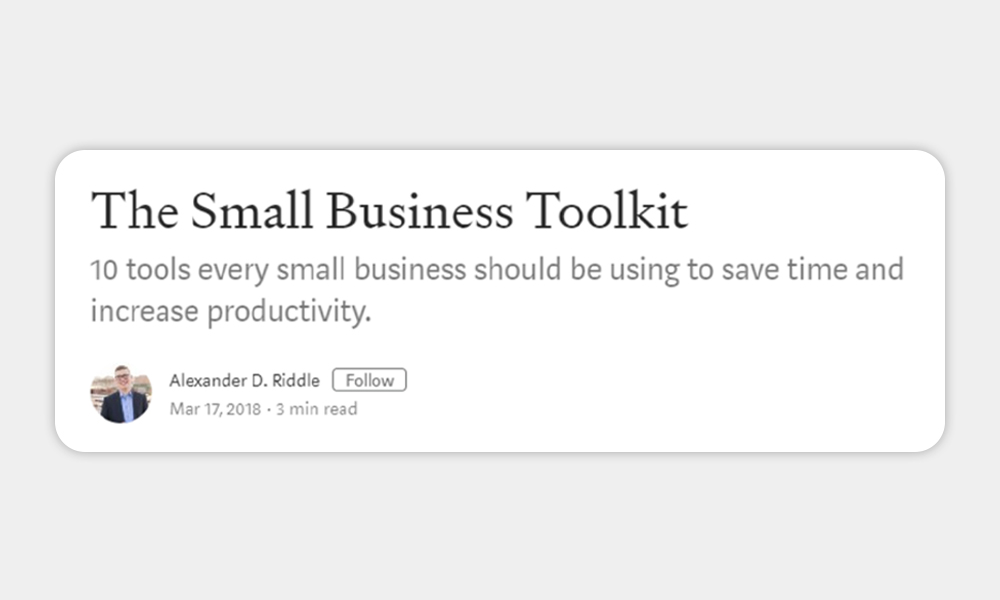
There is no "best" network for social selling; rather, it is a combination of the above based on where your current audience spends their time.
However, it is widely accepted wisdom that launching into all networks at the same time is a common mistake in any social selling strategy. But, to know how to sell, you must first determine who your target audience is.
To select the most appropriate social networks for your brand, you must first understand your consumer profile and how it fits into existing networks. Pinterest, for example, is the king of fashion and weddings, LinkedIn is the best place to promote B2B services, and Snapchat and Instagram are extremely popular with adolescent audiences.
Best Practices?
Before diving into social selling, salespeople should consider the following points.
• Create and Protect Your Brand
Before you begin social selling, make sure you have established yourself as a trustworthy business in your industry.
What does this imply?
You should have a well-designed and easy-to-navigate website that showcases your products or services, as well as customer testimonials and contact information.
To create a cohesive narrative, your brand logos and messaging must be consistent across all of your social media platforms and website. When people connect with you on social media and then visit your website, they'll know they're dealing with an established company rather than just some random person trying to sell them something.
Social selling for your online business will expose your brand to a large number of new audiences, both potential customers and competitors.
You should safeguard your company's assets, but this does not simply imply patenting your product. To have exclusive rights to the brand you created, you must trademark your logo and business name.
This way, no one else can steal your brand's elements and piggyback on your marketing efforts.
• Discover How Your Customers Spend Their Time
It is critical to understand if your current social media presence is a good fit for your target market when it comes to social selling. After all, why invest time and effort in a platform that your customers will not use?
Begin by determining where your potential customers spend their time online to best engage with them there.
If you sell modern furniture, for example, Pinterest and Instagram are great places to reach out to new homeowners or interior designers. Alternatively, if you run an app development company, Twitter and LinkedIn may be better platforms for engaging in discussions about software development trends or tech companies' hiring strategies.
Conduct a social media audit to survey and evaluate all of your social media accounts. It can assist you in determining where your customers are and are not.
This data is invaluable for refining your strategies and improving the overall performance of your brand in the future.
To begin your social media audit, go through each of the major platforms you use (Facebook, Instagram, Twitter, LinkedIn, and so on) and answer the following questions:
-
What are my objectives?
-
How many followers do I have on this site?
-
Is my follower account growing or declining?
-
In terms of posting content, how active am I on each platform?
- Are there opportunities for more interaction, such as commenting on or liking other users' posts?
Once you've answered these questions, narrow your focus to one or two platforms. Don't overextend yourself; consistency is essential in social selling.
• Develop Buyer Personas
It's easy to believe that all of your followers are looking for the same things. However, to develop a successful social selling strategy for your company, you must first understand who your target audience is and what they want.
Create buyer personas — or a detailed description of your ideal customers — to accomplish this. Their age, gender, where they live, what they do for a living, their education, hobbies, interests, and so on should all be included in the description.
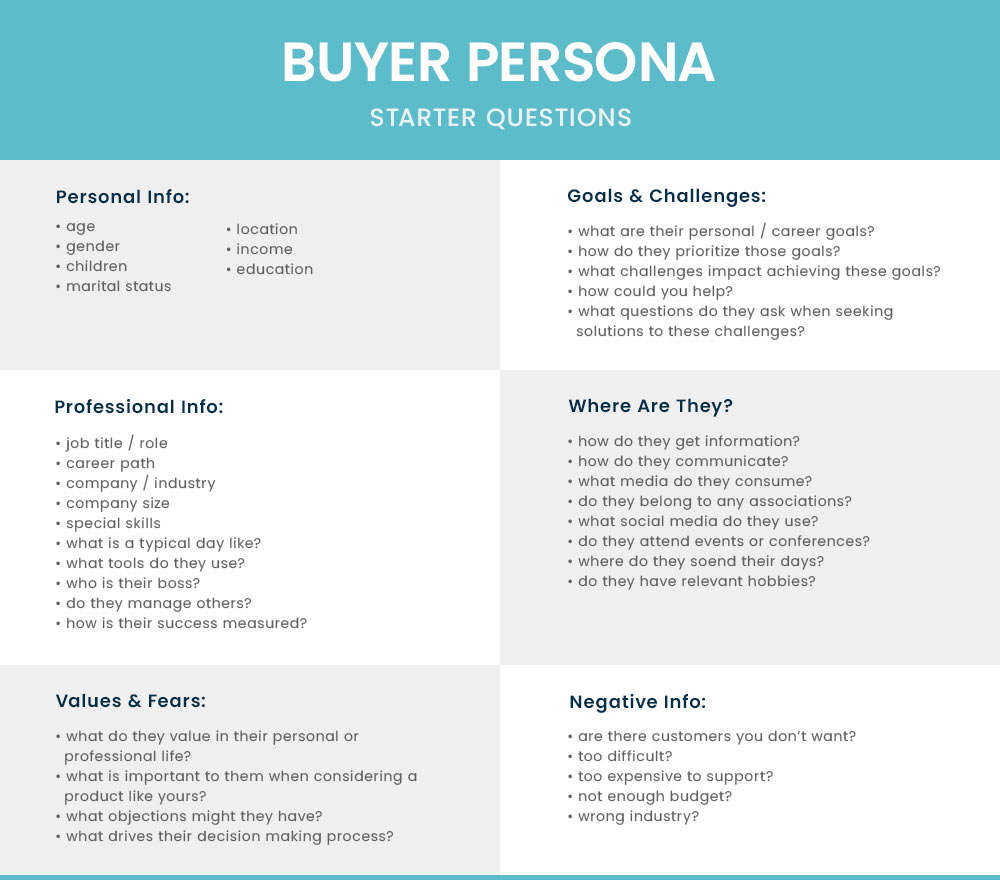
Once you have this information, you can create content that is tailored to each buyer persona.
If you sell fitness equipment and apparel, for example, your target audience is people who spend a lot of time in the gym and want to live a healthy lifestyle. However, that is a fairly large audience.
You can provide the most value by sharing high-quality content on TikTok or YouTube featuring the best workout plans for their goals, such as losing weight or building muscle, by segmenting your target audience into separate buyer personas.
Curated content adds value to your customers and increases engagement with your brand. More on that in a moment.
• Use Social Listening
Social listening is a method of measuring and analysing brand-related conversations.
It's similar to monitoring your own social media channels. Still, instead of just looking at your posts and interactions, you're looking at the sum of all the content shared about your brand across multiple platforms.
There are three types of social listening:
a. Sentiment Study
Sentiment analysis is useful for determining whether a comment or post is positive or negative.
This type of social listening can assist in identifying product complaints or determining whether there are common feelings expressed about your brand, whether positive, negative, or indifferent.
Sentiment analysis is the best strategy for identifying negative comments and resolving customer complaints or issues.
b. Thematic & Topical
Social listening can assist you in identifying specific topics or themes that people in your brand or industry are discussing.
Consider the case where you sell graphic design software. To better understand current graphic design trends, monitor social media platforms for comments containing design keywords such as best business card templates or free photo editor.
This information can be used to create content that addresses these topics, improve relationships, or even understand what type of content resonates well with your audience.
c. Insight
Finally, audience insights assist you in determining who is discussing you online so that you can tailor your marketing efforts accordingly.
If you notice an increase in teenagers discussing your brand, you should consider launching a TikTok campaign to capitalise on that market.
Your goal should be to find leads who will eventually become loyal customers (and advocates), so don't spend all of your time looking at how many "likes" a post has or how many views a video has.
Social listening has several benefits:
-
It allows you to stay current with what's going on in the industry. This can assist you in identifying new opportunities for advancement as well as areas for improvement that require more attention.
-
It enables you to determine what content your customers value. This will assist in shaping future marketing efforts and making them more relevant to your target audience.
-
It enables you to determine whether or not your product or service has a problem that needs to be addressed before it becomes a real issue for customers and leads to negative reviews or complaints online.
• Value Add
To be successful at social selling, you must provide value.
Respond to any issues or questions that a customer may have. If someone asks for advice on your product or service, give it to them.
Try using social media platforms like Twitter and LinkedIn to follow conversations about your company, industry, and target market, and then jump in when appropriate with helpful comments or questions that demonstrate your expertise. Following that, you can generate tweet screenshots and share them on your other social media channels to share the insights with your audience across multiple platforms.
Make certain that what you're sharing is valuable and not just fluff designed to make people like you or interested in what you're doing.
• Build Trustworthy Relationships
Social media is an excellent (and often underappreciated) tool for developing relationships and trust.
According to Sprout Social's 2020 report, 90% of consumers will buy products from a brand they follow on social media. Furthermore, according to the report, 75% of consumers will increase their spending with a brand if they follow them on social media.
These statistics are remarkable. Prioritizing your social selling strategy to build trust and rapport with your customers is a no-brainer.
Before making a purchase, people are increasingly turning to social media platforms to get the information they need or want about products or services.
As an online business owner, this is an excellent opportunity to engage in your area of expertise and share valuable information with potential or existing customers.
Sharing content like this on your social media platforms can help build trust with your audience. Users can make an informed decision because this type of content answers questions they may have about a specific product or software.
• Lather, Rinse, Repeat
Check-in after a month or two to see how your efforts are going.
Do you notice an increase in engagement? Have sales increased? Are customers sticking around for repeat purchases?
Use an extract, transform, and load (ETL) process to find the answers to these questions. ETL unifies all of your social media data across platforms, creates a single version of the truth, and drives business decisions by identifying new opportunities and areas for improvement in your social content.
Increase the number of posts that are performing well and eliminate those that are underperforming.
Continue to try new things until you find the secret formula. Every business is unique, and finding your sweet spot will require some trial and error.
If you stick with it, you will see results before you know it. The key to success is consistency.
Closing Words
That's the end of it. You have everything you need to begin incorporating social selling into your sales strategy.
Remember that social selling, like any other sales tool, is about developing relationships and trust with people so that you can assist them in solving their problems.
This is a marathon, not a sprint, so take your time and concentrate on the important things: making connections and providing value.
Social media platforms can help by putting a wealth of prospecting data at your fingertips, but they cannot do the work for you; they simply provide a place for you to connect with people who are already there.
The rest is entirely up to you.

